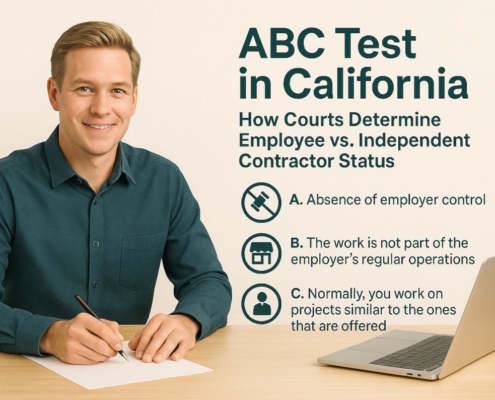The methods, procedures, and strategies used to find, hire, and retain the personnel a business needs are referred to as talent acquisition. It involves creating, carrying out, and assessing talent sourcing, hiring, recruiting, and orientation programs.
Workforce Planning
Evaluating the present and future demands of the workforce is a crucial stage in any talent acquisition plan. Considerations for workforce planning involve:
- The role of the government.
- The state of the economy.
- Competition among businesses.
- Demographics of the workforce.
Recruiting
The core components of talent acquisition are recruiting and sourcing. Internal and external hiring as well as employee recommendations are among the practices. Several duties are involved in the hiring process, such as:
- Sourcing of candidates.
- Candidate screening.
- Conducting interviews.
- Testing prior to employment.
- Drafting job offers.
- Introducing new employees.
Legal Issues
A wide range of local, state, and federal laws and regulations, including the following, must be thoroughly understood and applied in practice for talent acquisition:
- EEO (Equal Employment Opportunity) rules forbid discrimination on the basis of national origin, race, color, age, gender, pregnancy, handicap, religion, and veteran status, among other reasons. More protection is offered by EEO legislation in many municipalities and states than by federal law.
- Requirements for immigration and visas that allow foreign workers to work in the US. There exist multiple categories of visas that can be obtained under diverse situations.
- To confirm employment eligibility the Federal Government’s website is used to fill the I-9 form. The companies also risk suffering civil and criminal penalties if they do not follow the set norms.
- The FCRA or the Fair Credit Reporting Act, which at times encompasses background checks to assess the criminal history or credit history.
- State laws governing employment contracts, which include clauses requiring secrecy or non-compete agreements.
Technology
In talent management, technology is often used. Here are some of the popular domains where technology is used to help in talent acquisition or hiring:
- Monitoring affirmative action.
- Analyzing applicants.
- Checking criminal histories.
- Communications with candidates
- Analysis of jobs
- JDs (Job descriptions).
- Job advertisements in newspapers/websites.
- Adherence to the law.
- Onboarding & orientation.
- Hiring.
Do you wish to work in talent acquisition? Or a generalist HR position with duties related to talent acquisition?
To become a genuine partner in talent acquisition, follow these five tips:
- Take Part: Engage recruiting managers in the sourcing process and educate them on how to identify and act on leads and/or recommendations.
- Harmony with Culture: To be in a better position to find candidates that will fit the required team environment, spend some time with the groups you are recruiting and see how members of the groups carry out their conversations.
- Communicate: Depending on what you know about the team and the vacancy that has to be occupied, provide the hiring managers with some remarks on their estimations of the candidates.
- Don’t accept the mediocre: When a hiring manager appears inclined to accept a substandard prospect, speak out and don’t be hesitant to suggest that they wait for an excellent candidate.
- Use Strategy: Be thoughtful and present data from workforce planning that will help leaders choose their talent more wisely.































